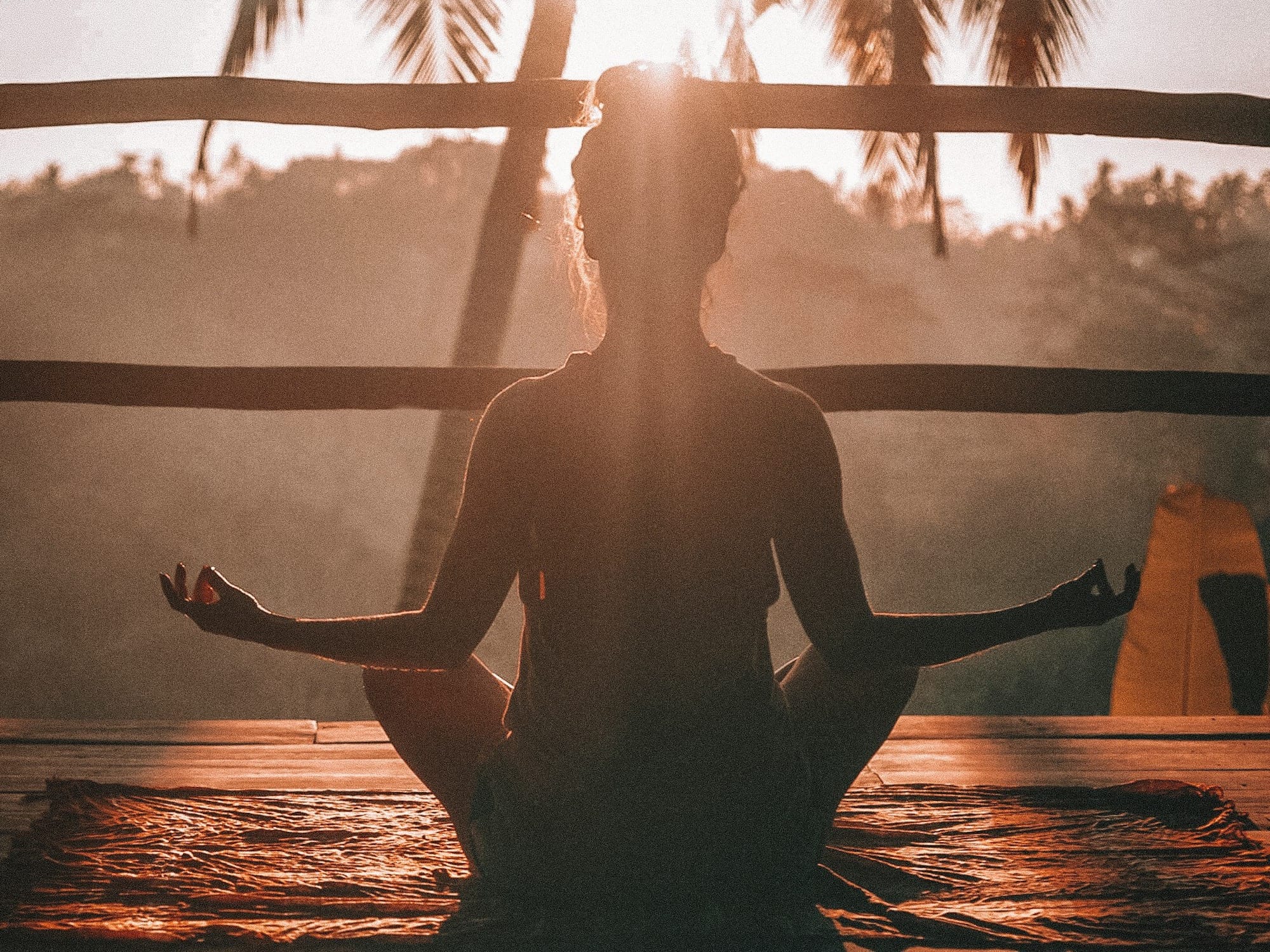DNF Puzzles | Arm Strokes
Mastering Dynamic No-Fins is about balancing power and relaxation. Arm strokes drive propulsion, with phases like the catch, glide, and reset. Practice with video analysis, isolated drills, and core focus. Refine often—small tweaks matter!

Dynamic No-Fins (DNF) is one of the purest forms of freediving, requiring precise technique to maximise efficiency and conserve energy. Arm strokes are crucial in propelling you forward and ensuring long, relaxed glides. A correct, powerful—but smooth—arm stroke provides enough propulsion to cover significant distance while minimising oxygen consumption. The correct initial position and proper timing will allow you to focus on your relaxation.
Let’s dive into the phases of the arm stroke, practice techniques, and some key observations for improvement.
Phases of the Arm Stroke
The arm stroke in DNF can be broken down into three main phases. The initial position for the arm stroke is a neutral glide with your arms stretched above your head (read more about DNF glides).
Propulsion Phase
- Start by positioning your palms correctly to "catch" the water.
- Initiate the stroke with a wide motion, creating a Y-shape with your arms.
- Pull the water downward, engaging your shoulders and lats, and finish with a triceps extension near your waist.
- A narrower stroke can be more energy-efficient compared to a very wide one. Adjust based on your preference and energy output.
Relaxation Phase
- After the stroke, glide with your body fully extended in a streamlined position.
- Observe your arms, palms, neck, and legs to ensure they remain relaxed (read more about relaxation)
- This phase is critical for conserving oxygen and allowing your body to relax before the next stroke.
Transition Phase
- Bring your arms back to the initial position in front of your head.
- Ensure minimal resistance during the switch by moving palms and arms slowly. Practice this move in front of a mirror to refine your technique.
- Learn the correct timing to switch arm positions. I prefer to do this when nearly stopped, but many freedivers choose to do it during their glide. Practice and experiment to find what works best for you.
How to Practice Arm Strokes
Perfecting your arm strokes takes time and deliberate practice. Here’s how to improve:
Video Analysis
- Record yourself swimming and compare your arm strokes to top freedivers. Consult your recordings with others.
- Look for common mistakes, such as arms going too wide, elbows dropping back, or inconsistent timing.
Focus Sessions
- Dedicate few training sessions to arm stroke technique alone to assess the effectiveness.
- Swim 50-meter series with sufficient recovery in between to focus purely on the mechanics.
- Count your strokes, observe sensations to fine-tune your technique. Take note of the pace for each distance to better understand the impact of minor changes in your technique.
Core Engagement
- A strong core prevents your body from rising to the surface unnecessarily.
- During practice, focus on keeping your core tight and aligned.
Recommended Materials and Videos
There are several high-quality resources for learning and refining arm strokes in DNF:
Look for footage of top freedivers with smooth, efficient strokes. Pay attention to their glide length, arm position, stroke frequency and timing.
Use your own recordings alongside professional videos to spot differences and adjust accordingly.
Here is video where I focus on arm stroke technique and spend session on arm stroke drills.
Anonymous Freediver - DNF arm strokes technique
Key Findings and Observations
Through personal practice and analysis, I’ve discovered several key points about arm strokes:
Wide vs. Narrow Strokes
I initially used a very wide arm stroke. Switching to a narrower stroke has made my dives more relaxed and energy-efficient.
Body Alignment
Loose core muscles can cause your body to rise to the surface during strokes. Engaging the core keeps you horizontal and reduces drag.
Effectiveness of Isolated Drills
Arms-only and legs-only dives are excellent for pinpointing weaknesses in your technique.
Tracking time and stroke count helps identify areas for improvement.
Frequent Adjustments
Regularly revisiting and refining your arm strokes prevents bad habits from forming. Even subtle adjustments, like keeping elbows forward, can make a big difference.
Final Thoughts
Mastering arm strokes in DNF is about finding the perfect balance between power and relaxation. Recording and analyzing your technique, comparing with top freedivers, and dedicating focused sessions to practice will dramatically improve your efficiency and overall performance.
Remember, every small improvement in your arm stroke translates to more energy saved, longer glides, and greater distances in the water.
If you enjoy my blog and find the content helpful, consider supporting me with a one-time tip




